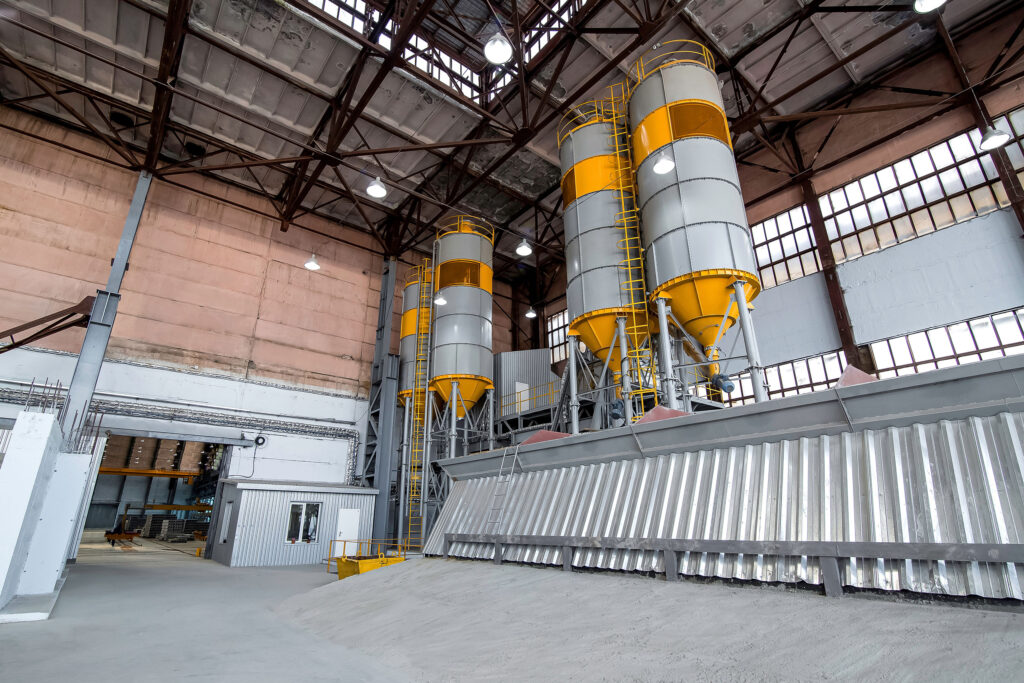Princeton University Engineers Seek Strength Improvements
Concrete and cement are products that go back thousands of years. From the Nabateans, to the Romans, to today, concrete in various forms, all of them utilizing the versatile properties of limestone, has been a popular and useful form of building material. Some even say that if you list the substances used by humans on Earth, concrete is in second place, right after water. Therefore, improving concrete, and finding ways to do the same amount of construction with less of it, could go a long way towards improving the state of things on our planet. Many of the civil and environmental engineering researchers at Princeton University are attempting to do just that — make a better form of concrete. Since concrete is such an important part of everything we do at California Custom Coatings, here is a look at the improvements designed in Princeton labs.
Tougher Concrete Mimics Bone Structure
The latest results from Princeton labs suggests that designing concrete with an internal tube structure would reduce the damage caused by cracking and improve strength. As we have often discussed on our website, epoxy coatings significantly improve the durability of concrete surfaces. The Princeton study examines how the inner layers of concrete can likewise be strengthened, but in this case by making a radical design change. Under this scheme, concrete would follow the example of the toughest bones by featuring tubules throughout the structure. This would provide two distinct benefits: 1) less concrete would be used within the same amount of space; 2) cracks could not travel from one side of the concrete to the other. The tubules interrupt crack propagation, protecting the whole structure from one single, massive failure. Although the concrete “beams” they are working with appear to be no bigger than bricks at the moment, the future design focus is adapting the concept for full-scale projects.
Copying Oyster and Abalone Shells
The materials inside shells play a role in concrete even today, but this scheme of the Princeton engineers uses the design of shell structures to strengthen concrete. Nacre is the shiny substance that the organism applies to a shell layer by layer. In abalones especially, nacre is both beautiful and strong. It is composed of hexagonal tablets made of a hard mineral that is then glued together by a biopolymer.
The concrete engineers copied this process by creating hexagonal concrete tiles that were then stacked and bonded by thin layers of polymer. Using small beams of this layered concrete material, the researchers compared its ability to resist fracturing in competition with standard concrete. Shell-based concrete design was significantly better at withstanding fracture stress compared to ordinary concrete (nearly 20 times better). It is believed that by layering the concrete with polymers and using tiles instead of a solid block, the concrete is able to dissipate stress throughout the structure.
In the Meantime
Both of these improvements to concrete design are in the investigation stage. Scaling these concepts up for industrial use will take some time. Meanwhile, you can trust California Custom Coatings to provide protection for your concrete via moisture remediation and epoxy coatings. Reach out for a free consultation by phone or online today!
